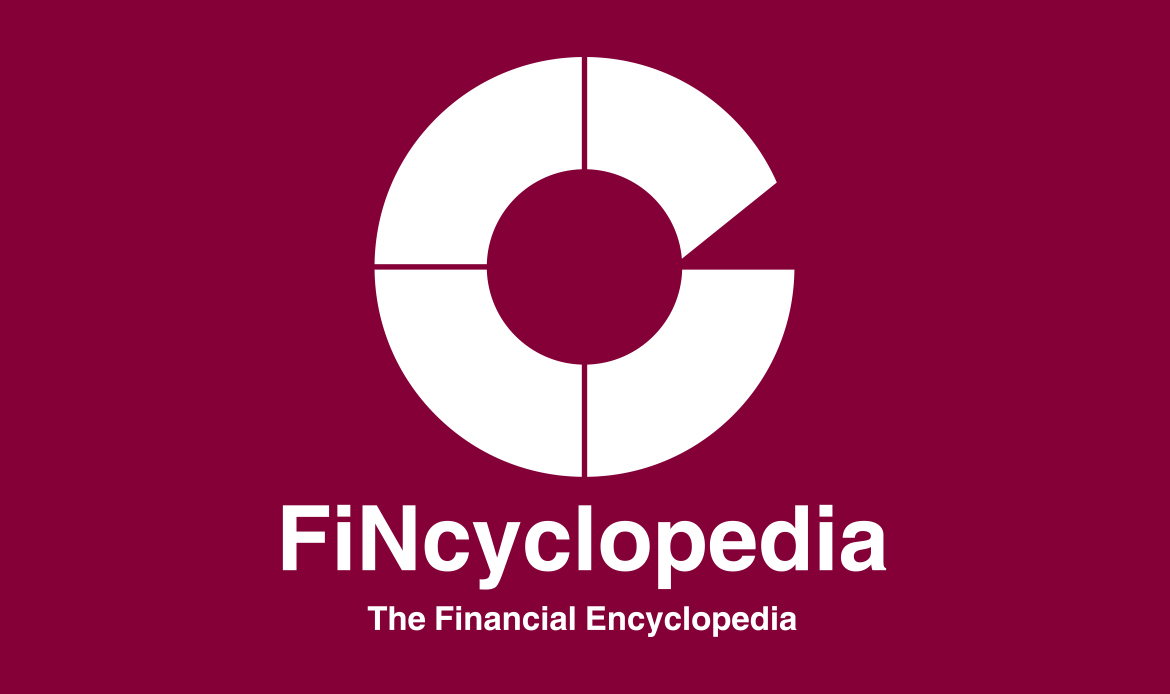The amount of money expensed for long-term investments. In other words, it refers to payments of cash for long-lived assets. Companies use capital expenditure (for short, CAPEX) to acquire or improve fixed assets such as equipment or property. Normally, companies use up their fixed assets in the production process. The resulting wearing out is supposed to be reflected in the annual depreciation charge. In general, CAPEX may be for replacement financed by cash flow available from accumulated depreciation, or may be for expansion financed by other means above the amount of depreciation. The total capital expenditure of a company is the sum of the cash used for replacement and for expansion:
Total CAPEX= replacement CAPEX + expansion CAPEX
Total CAPEX= depreciation + additional CAPEX
If capital expenditure is higher than depreciation, a company is said to be expanding its capacity. In this case, it invests more than the amount needed to compensate for the annual depreciation of its fixed assets (overinvestment). If capital expenditure is lower than depreciation, a company will be divesting or investing less than the amount needed to compensate for the annual wearing out of fixed assts (underinvestment). When a company maintains its capacity, replacing depreciated assets as necessary, capital expenditure equals depreciation as it invests just to compensate for the annual depreciation.




